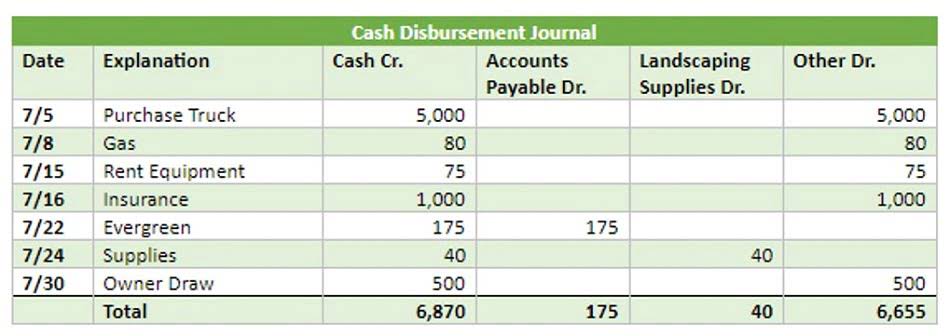
T accounts are one of the primary forms of performing double-entry accounting. This is especially useful during an audit because transactions entered in the archived or inactive accounts are still retained and reports can still be run for those accounts. In a computerized accounting system, the software may automatically assign an account number to each account. However in a manual accounting system, the accountant develops a custom numbering system for the company. In the sample chart of accounts above, take note of the number sequence assigned to each account type.
- T accounts are clear, visual representations of a business transactions that take the form of a “T” – one side for debits, one for credits.
- Accountdemy offers accounting tools and resources for students and professionals.
- The Accounts Receivable is the companion account of the Allowance for Bad Debts and from which the latter will be deducted.
- When inventory items are acquired or produced at varying costs, the company will need to make an assumption on how to flow the changing costs.
Rent Expense Account
A review of the checking account of a company showed a beginning balance of $500, total deposits of $1,500 and total withdrawals of $700 as shown in the T-account above. An account has a Debit Balance when the total of its debits are higher than the total of its credits. Conversely, an account has a Credit Balance when the total credits are higher than the total debits. A business owner may use T-accounts to take information from it as well like the nature of a transaction that took place at a specific time or movements and balance of the respective account.
Bank Account
- In the previous example, we can say that the Sales account was credited by $1,000 for the sale of merchandise.
- Without such analytical tools, businesses may struggle to effectively assess profitability, liquidity, and solvency.
- It would be considered best practice for an accounting department of any business (that is not using a single entry method of accounting) to employ a T account structure in their general ledger.
- When a company’s accounting system is set up, the accounts most likely to be affected by the company’s transactions are identified and listed out.
- The above transaction would not only affect the Bank T account but also affect the contra account or second account, Capital.
- T-accounts are commonly used to prepare adjusting entries at the end of an accounting period.
Loan officers and credit analysts use T-accounts to assess the financial health of potential borrowers. They analyze a business’s T-accounts gross vs net for assets, liabilities, and equity. They provide a deeper understanding of individual accounts, making them essential tools for accountants and anyone who wants to get a grip on their finances.

Accounting Basics: T Accounts
Accounts are also classified into permanent accounts, https://www.bookstime.com/articles/accounting-consulting temporary accounts and contra accounts. For example, currencies, coins, checks, and bank drafts can be grouped and recorded in the Cash or Cash on Hand account. Customer invoices are grouped in the Accounts Receivable account. A T-account structure in the general ledger would be regarded as best practice for any accounting department (that is not employing the single-entry system of accounting). Accountants make bookkeeping easier in the double-entry system to analyze using T-accounts.
What are T accounts? – Comprehensive Guide – Frequently Asked Questions

It all comes down to the safety afforded by t accounts double-entry accounting. In this case, there’d actually be cash and deferred revenue transactions at first, and then deferred revenue and revenue transactions over time as you recognize the revenue. Some accounts have a debit-side balance, while others have a credit-side balance. That makes T accounts a good place to start when thinking about bookkeeping and accounting, but also financial management. However, you should also make necessary precautions before deleting an account to avoid any irreversible mistakes. It is recommended to keep any unused accounts for at least until the end of a 12-month accounting period before deleting them.
- T accounts become a powerful tool for developing a strong conceptual understanding of accounting principles.
- For example, when a company purchases equipment for $50,000, the equipment account is debited to reflect the asset increase.
- If the employee was part of the manufacturing process, the salary would end up being part of the cost of the products that were manufactured.
- They serve as identification numbers to easily identify an account.
- Well, that’s the primary reason accountants use T accounts specifically.

T accounts offer simplicity and clarity in recording and analyzing transactions. They provide a visual representation that helps users understand the impact of transactions on individual accounts and overall financial health. While not as common, some stock market investors use T-accounts to track their investment portfolios. They can set up T-accounts for individual stocks or mutual funds, recording the purchase price and subsequent dividends or capital gains. This helps them visualize the performance of their investments and make informed decisions about buying, selling, or holding.